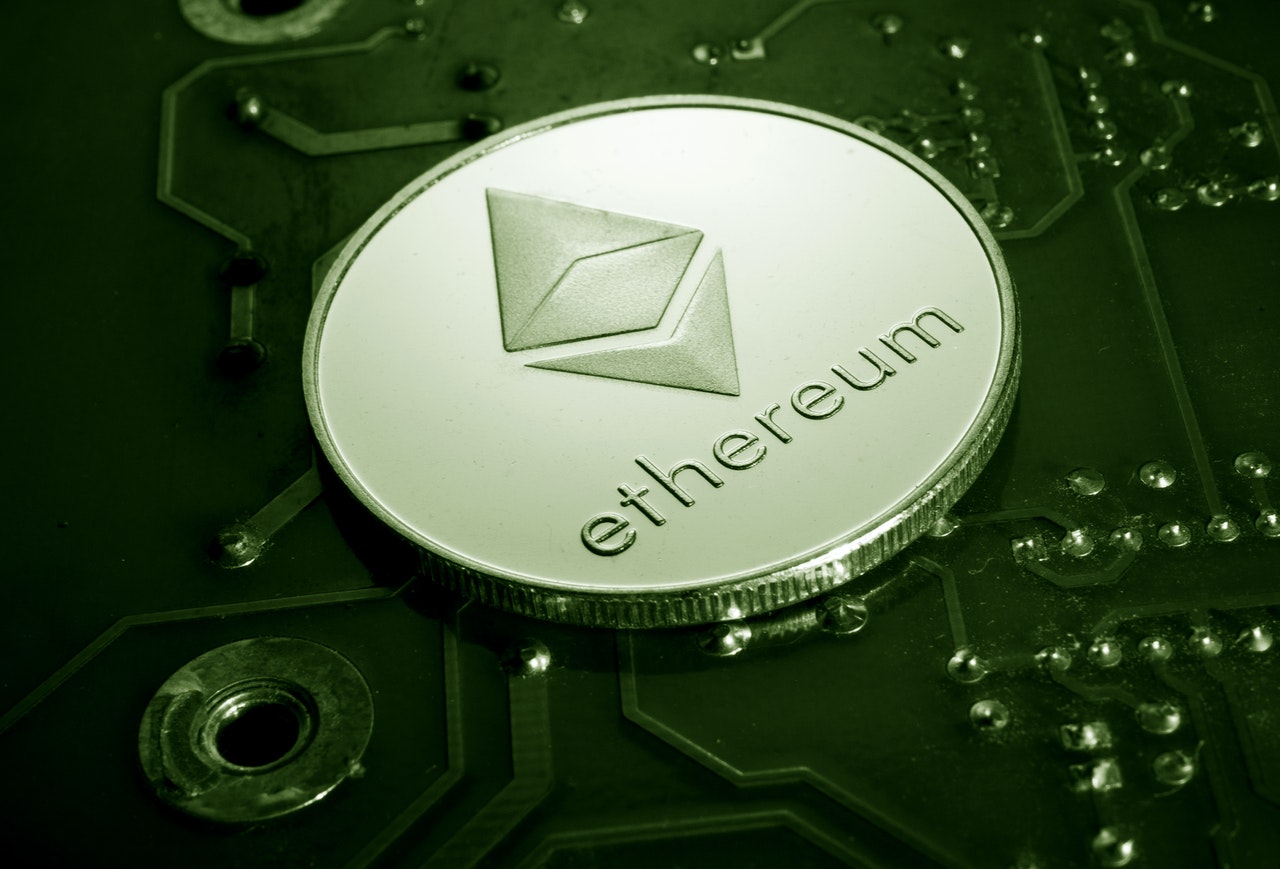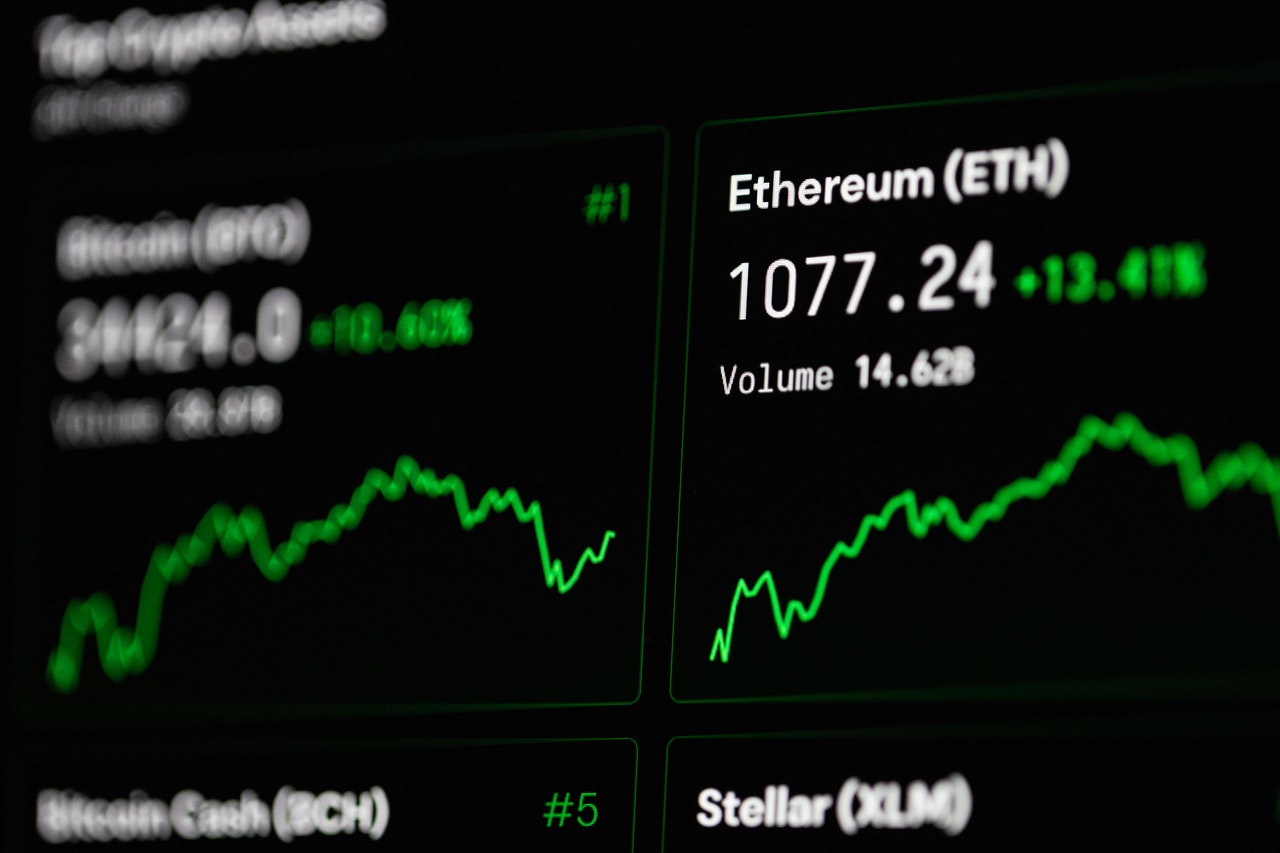One of the most disruptive forces in the blockchain space is that of decentralized applications (dApps) and Ethereum is leading this charge. dApps are applications that run on decentralized networks, letting users interact with services without the use of intermediaries. The applications of the blockchain are disrupting industries from finance and gaming to supply chain management and digital identity. The price of Ethereum is being pulled up by demand for dApps since Ethereum is the leading platform powering these decentralized apps.

When it comes to capturing the increasing market for dApps, Ethereum’s smart contract functionality and large developer community coupled with its early mover advantage makes it uniquely positioned to get the job done. In this article, we will look at how the price of Ethereum is being fueled by dApps demand, and how even as competition is growing, Ethereum is still leading the way.
What are dApps and Why are they Important?
A decentralized application (dApp), or just an application, is software run on a blockchain and is not controlled by a centralized server or entity. dApps as opposed to traditional applications are different in that they are decentralized applications which means they eliminate the presence of intermediaries and add to their transparency, security and user control.
Smart contracts — self-executing contracts with the terms of the agreement coded directly into code — are used by dApps. Most dApp developers now use Ethereum with its smart contract functionality. These dApps are utilized in a wide range of industries:
Decentralized Finance (DeFi): DeFi dApps is where users may access financial activities like lending, borrowing, and trading without banks or brokers.
Non-Fungible Tokens (NFTs): Digital art, music and virtual real estate are trading on NFT marketplaces and platforms built on Ethereum, easing the way for creators and collectors alike.
Gaming: DApps are used in Blockchain based games for players to own, trade and monetize in game assets.
Supply Chain: Currently dApps are being used to monitor and vouch for the integrity of products within global supply chains to increase transparency and efficiency.
The rise of dApps on Ethereum’s network has skyrocketed the price of its native cryptocurrency, Ether (ETH).
Ethereum’s Role in dApp Demand
ETH are used to execute smart contracts, run dApps on the Ethereum blockchain, and pay gas fees (the cost to use the network). The more dApps are built and used, the more ETH is demanded and the price increases. Here’s a closer look at how this dynamic works:
1. Transaction Fees (Gas Fees)
When a user interacts with a dApp on Ethereum (be it to buy an NFT or stake assets in a DeFi dApp, or even play a blockchain-based game), they have to pay a gas fee in ETH. In effect, gas fees are the price of performing transactions and executing smart contracts on the Ethereum network. As more dApp users are using ETH to pay these fees, there’s a huge demand for ETH.
Gas fees can go up incredibly during times of high network activity, such as with an NFT drop or the launch of a popular DeFi project, as demand for ETH goes up and its value goes up as well. One specific example of this is how the boom of NFTs in 2021 brought gas fees to a record high during the same time Ethereum’s price spiked.
2. DeFi and Staking
dApps for Ethereum are seen one of the most most useful things for DeFi and is a technology trend that has taken off in 2024. These DeFi protocols enable users to earn interest on their assets, trade, lend and borrow without the help of intermediaries, such as banks, like banks. Most of these protocols are built on Ethereum and for people to interact, they need to lock up ETH into smart contracts as collateral, reducing the ETH supply available in the market.
In addition, Ethereum’s switch to a proof-of-stake (PoS) consensus algorithm with Ethereum 2.0 is increasing ETH demand even further. Staking is the process of locking up ETH in the network to validate transactions and earn rewards, thereby reducing the circulating supply of ETH, and helping push prices upward.
3. NFTs and Digital Ownership
Another driver of demand for Ethereum is the NFT market, which has been all the rage. The vast majority of NFTs are built and traded on Ethereum’s blockchain, where they represent unique digital assets of ownership over virtual goods like artwork, music, and real estate. When any NFT is minted, purchased or sold from an Ethereum based marketplace, ETH is used for the transaction fees.
Ethereum based NFT marketplaces like OpenSea and Rarible have seen billions of dollars worth of transactions. ETH is being pushed in value, due to there being a continuous demand for ETH in this booming market, as more users continue to participate in the NFT economy.

Ethereum Dominance in the dApp Ecosystem
Ethereum continues to dominate the dApp ecosystem for several reasons:
First-Mover Advantage: Ethereum was the first blockchain to offer the possibility of smart contracts, and became anointed as the platform of choice by developers building decentralized applications. Ethereum took a big lead in terms of developer tools, infrastructure and community support.
Network Effects: As more developers and users come to Ethereum, the more powerful the network becomes. Given that the Ethereum already has a huge ecosystem of dApps, developers and users, this network effect makes it almost impossible to compete for newer blockchains.
Developer Community: Ethereum has one of the largest and most active developer communities in the blockchain space. It makes sure that new tools and applications keep developing on the platform, and it’s an ongoing cycle of innovation.
Challenges and Competitors
Ethereum has held its dominance, but competing blockchains like Solana, Binance Smart Chain, and Avalanche are fast gaining ground by offering greater speed and lower fees. Despite that, Ethereum’s move to Ethereum 2.0, a platform designed to enhance its scalability and cut gas fees, should still make it the leading platform for dApps.
Conclusion
The price of Ethereum is being pushed higher by the increasing demand for dApps. ETH is becoming a critical part of NFTs, gaming and other dApp categories as they grow. Considering that Ethereum 2.0 is on the horizon and the dApp ecosystem is still developing Ethereum’s price growth is expected to grow as the platform strengthens its place as the basis of dApps.
With the world embracing decentralized technologies, Ethereum’s critical role in this transformation means the future of blockchain is pegged on Ethereum, and the demand for ETH, and its value will be there.